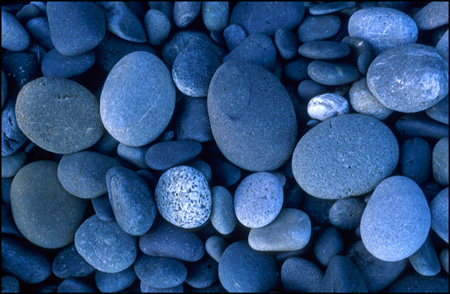

Optical movement: tricking the eye into seeing movement as used in op art.Movement ( article): component of a composition that implies or gives the sensation of activity or action and appear dynamic instead of static.

Actual: for example the surface being textured either because of thickly applied paint, or the addition of granular material to the paint, such as sand.Simulated: making something look as though it is rough,.Texture ( article): surface quality or appearance how the surface feels or … would feel.human constructions, such as pure lines, curves, angles: pyramids, cones, cylinders, triangles, rectangles Organic: irregular forms suggesting natural contours-clouds, bushes.Organic forms suggest naturalism, while geometric forms convey artificiality. … Form has height, width, and depth, and may be organic, such as a cloud, or geometric, such as a pyramid or cylinder. Form ( article): a three-dimensional shape or object.Shape ( article): a two-dimensional area defined by a clear border or outline and possessing only height and width.Direction and movement: generally, verticals, horizontals, and diagonals are directional lines, whereas zigzag and curved lines are movement lines.Implied lines (suggested): including edges and lines of sight (the direction in which figures in a composition are looking).Descriptive lines (drawn): including outlines, contour lines, and hatching lines.Line: one dimensional path of a point through space ( article):.The following bulleted list condenses definition highlights from Credo articles on formal aspects of art and design. The formal art elements form the basis of the language of art they consist of eight visual parts: line, color, form and shape, value, texture, space, and movement. “I really love that wallpaper”-the colors, the abstract design. We do not need theory to begin to perceive formal elements of images. Doing so, we begin to Foreground-to bring to the front of our attention-the formal elementsof art. We could look at color and shape and design as values in themselves. We could turn our attention away from its representational agency and pay attention to the Medium: the canvas, the paint, and the brushstrokes. People see beauty in such compositions without asking, what is it? Do we critique a paisley shirt if we can’t tell what its designs depict?Ĭlearly, something besides representation is at play in art. We’ve looked at geometrical designs on ancient pottery, arabesques, and architecture with linear designs. Paradoxically, we admire the brushwork and pigmentation because they vanish in a rich emulation of the object.īut not all art is representational. When we focus on the subject, textures of the medium recede.

In this model, viewers’ attention often focuses on the visual subject: what is it? How realistically is the “real thing” depicted? Often, viewers experience impatience or annoyance when they can’t tell what the subject “is supposed to be” or if they feel the technique is awkward or inaccurate. The artifact of the painting produces an image of a visual subject: Let’s take a step back and think about the dimensions of this model of painting. How much do we see and how much do we embellish? The title invites us to think about the ambiguity of all human perceptions of the world around them. Is the tree actually in the landscape or did the painter add it from imagination? The painting raises questions about paintings, and also about The Human Condition. The representational technique appears to be straightforward.

The image doubles a selected rectangle of the “natural” landscape, just as paintings are supposed to do. Centered in the pane is a canvas with an apparently, transparent canvas. He paints a window looking out on a landscape. Oil on canvas.Īlmost 300 years later, René Magritte toys with this notion of the painting as a window on the world. (1660), The Painter and his Model as Klio. The distance separating us from the painter invites us to reflect on the artist’s viewpoint, his tools and media, his composition, and our own perception. We illustrated this model with Vermeer’s The Painter and His Model as Klio: the painter at his easel composing his image of a model, all nested within curtained framework of the painting we are viewing. Last week, we explored the Renaissance model of the painting as a window on the world.


 0 kommentar(er)
0 kommentar(er)
